Exploring the City of Osoyoos: Top Attractions and Hidden Gems in BC’s Desert Jewel
Seeking an escape to a place where a serene lake meets desert landscapes and rolling vineyards? Welcome to the city of Osoyoos, British Columbia’s desert jewel, where natural wonders and cultural richness converge. This southernmost city in the Okanagan Valley captivates visitors with Canada’s warmest lake, distinctive ecosystems, and a storied history that has shaped its vibrant community. Whether you’re drawn by the allure of outdoor adventures, the passion for wine-tasting, or the curiosity to explore indigenous cultural sites, the city of Osoyoos offers an experience as unique as its climate. Our guide takes you through the highlights and secret spots of this enchanting city, ensuring your visit to the city of Osoyoos is unforgettable.
Key Takeaways
-
Osoyoos offers a distinctive desert ecosystem with unique attractions like the Spotted Lake and the Nk’Mip Desert Cultural Centre, blending enchanting natural wonders with rich indigenous culture.
-
Thriving on its hot and arid climate, Osoyoos is a haven for outdoor enthusiasts, featuring activities from water sports on Canada’s warmest freshwater lake to captivating hiking and biking trails.
-
The region’s gastronomy is highlighted by its wineries and local produce, with a variety of wine tasting experiences and nutritious fruit stands reflecting Osoyoos’ reputation as the heart of Canada’s wine region.
Discovering Osoyoos: A Desert Oasis
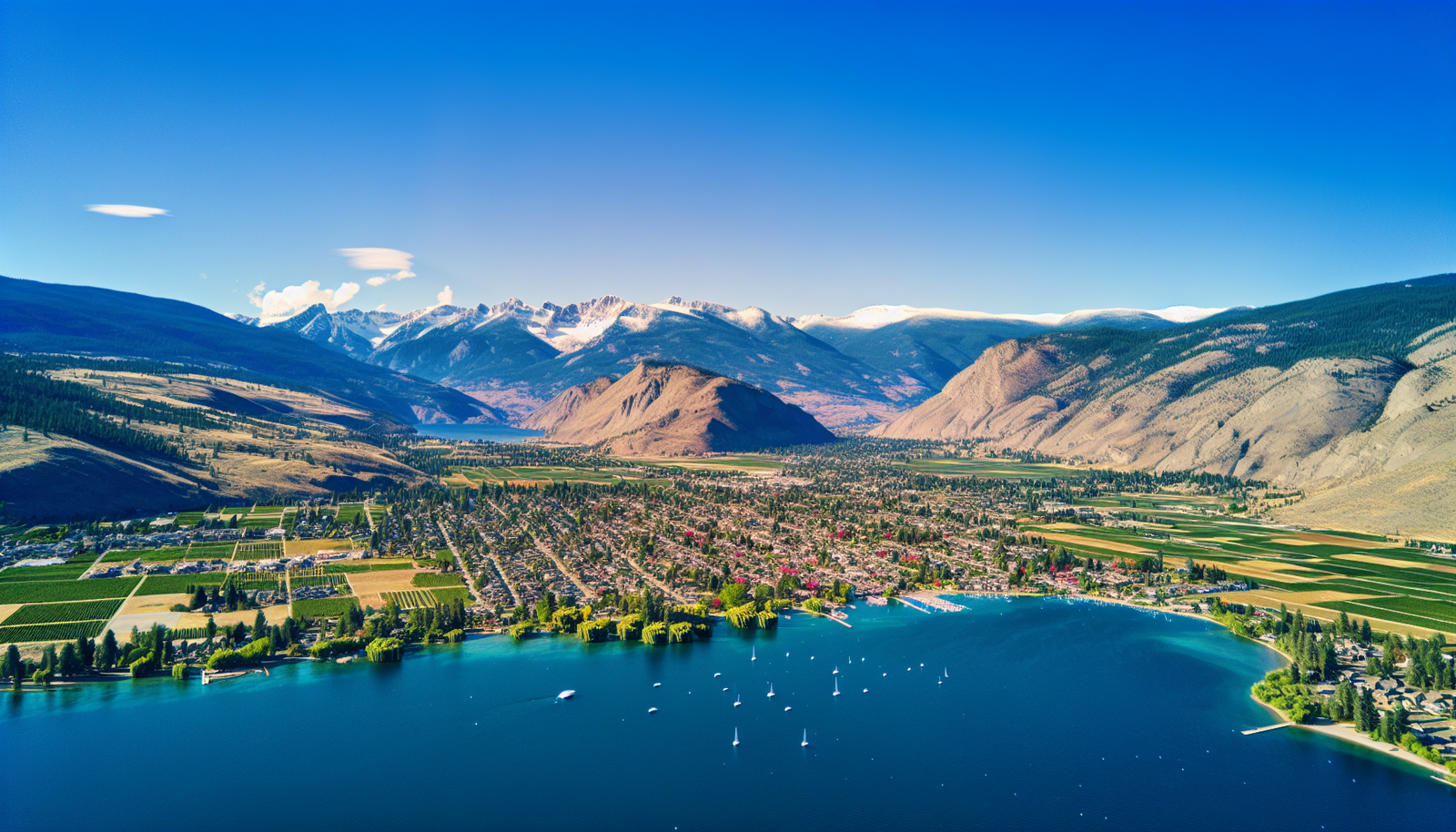
Set in the southern tip of Canada’s renowned Okanagan Valley, Osoyoos is home to a unique desert environment like no other in the country. Characterized by antelope brush, cacti, and vineyard-covered rolling hills, Osoyoos paints a picture that is both enchanting and intriguing. The city’s geographical position on the warmest freshwater lake in Canada gifts it with a distinct and arid landscape that plays a significant role in shaping the region’s unique ecosystem. A visit to the Osoyoos Desert Centre offers an immersive experience into this fascinating environment.
The name Osoyoos, derived from ‘swiws’ meaning ‘narrowing of the waters’ in the Okanagan language, is deeply ingrained in the city’s ecology. The story of Osoyoos is a tale of its people, its culture, and its unyielding connection to the land.
Climate and Geography
Osoyoos experiences one of the hottest summer climates in Canada, with average daytime temperatures around 17.0 °C (62.6 °F). The city has even recorded highs above 30 °C (86 °F) and once reached a record-breaking 45 °C (113 °F) on June 29, 2021. This hot and dry climate classifies Osoyoos as a cold semi-arid (BSk) climate according to the Köppen classification system, a rarity in the country. To better understand the temperature patterns, an Osoyoos climate chart can be helpful.
The city’s unique ecosystems include grasslands, wetlands, and desert vegetation, making it home to Canada’s only desert. Rather than a sandy landscape, Osoyoos exhibits characteristics of a ‘semi-arid shrub-steppe’ and is a part of the Columbia Plateau ecoregion, home to the antelope brush plant. The area is surrounded by rugged hills, mountains, rolling vineyards, and a sandy lakeshore, creating a versatile habitat that includes wetland/riparian, grassland/shrub-steppe, coniferous forest, and rugged terrain.
History and Culture
The Okanagan people, the first known inhabitants of the Osoyoos area, have left their mark on the city with archaeological evidence dating their presence back 3500 to 4000 years ago. Osoyoos was historically significant for its trade routes, which utilized the Okanagan River to connect to the Columbia River and the Pacific, facilitating commerce and transport.
The first European presence in Osoyoos, British Columbia, is attributed to David Stuart and his French companion Montigny, who were the earliest white men to explore the district.
Unforgettable Outdoor Adventures
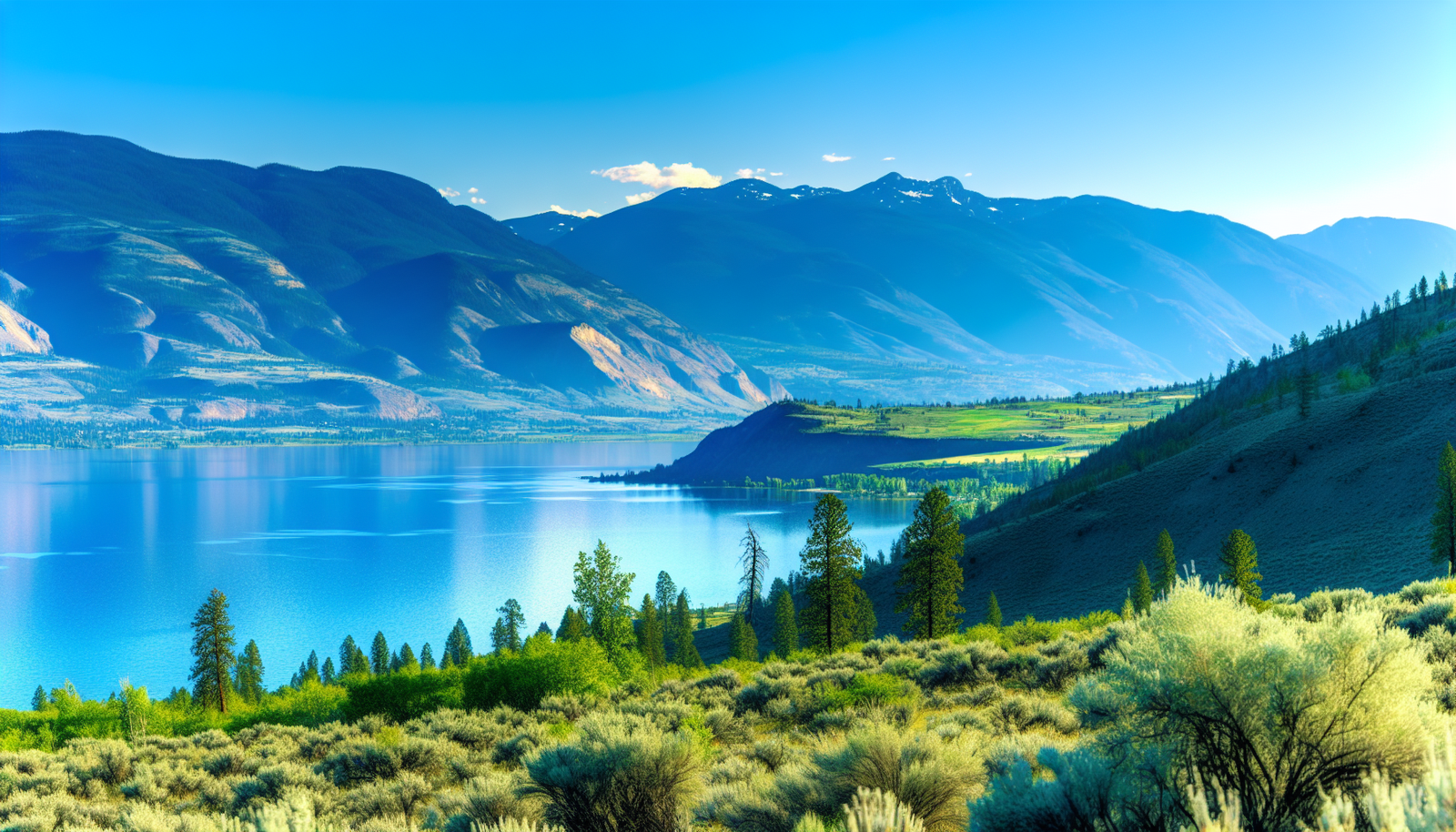
Osoyoos beckons with a myriad of unforgettable outdoor adventures set amidst its distinctive desert landscape. From Osoyoos Lake’s crystal-clear waters to the surrounding mountains’ rugged trails, the city proffers a broad range of activities to satiate the appetite of thrill-seekers and nature lovers alike.
Osoyoos Lake Activities
Osoyoos Lake is the heart of the city’s outdoor attractions, offering a host of water-based activities. Visitors can enjoy everything from:
-
swimming
-
boating
-
fishing
-
wakeboarding
-
waterskiing
-
kneeboarding
-
tubing
For those who prefer a leisurely pace, a narrated boat cruise on Osoyoos Lake offers a unique opportunity to learn about the area and spot local wildlife.
Beyond the traditional watersports, Osoyoos Lake also caters to those seeking a unique on-water experience. Some options include:
-
Kayak and stand-up paddleboard rentals from ATB Watersports
-
Specialized lessons for beginners
-
SUP yoga classes, which provide an exciting way to practice yoga while balancing on a paddleboard.
Hiking and Biking Trails
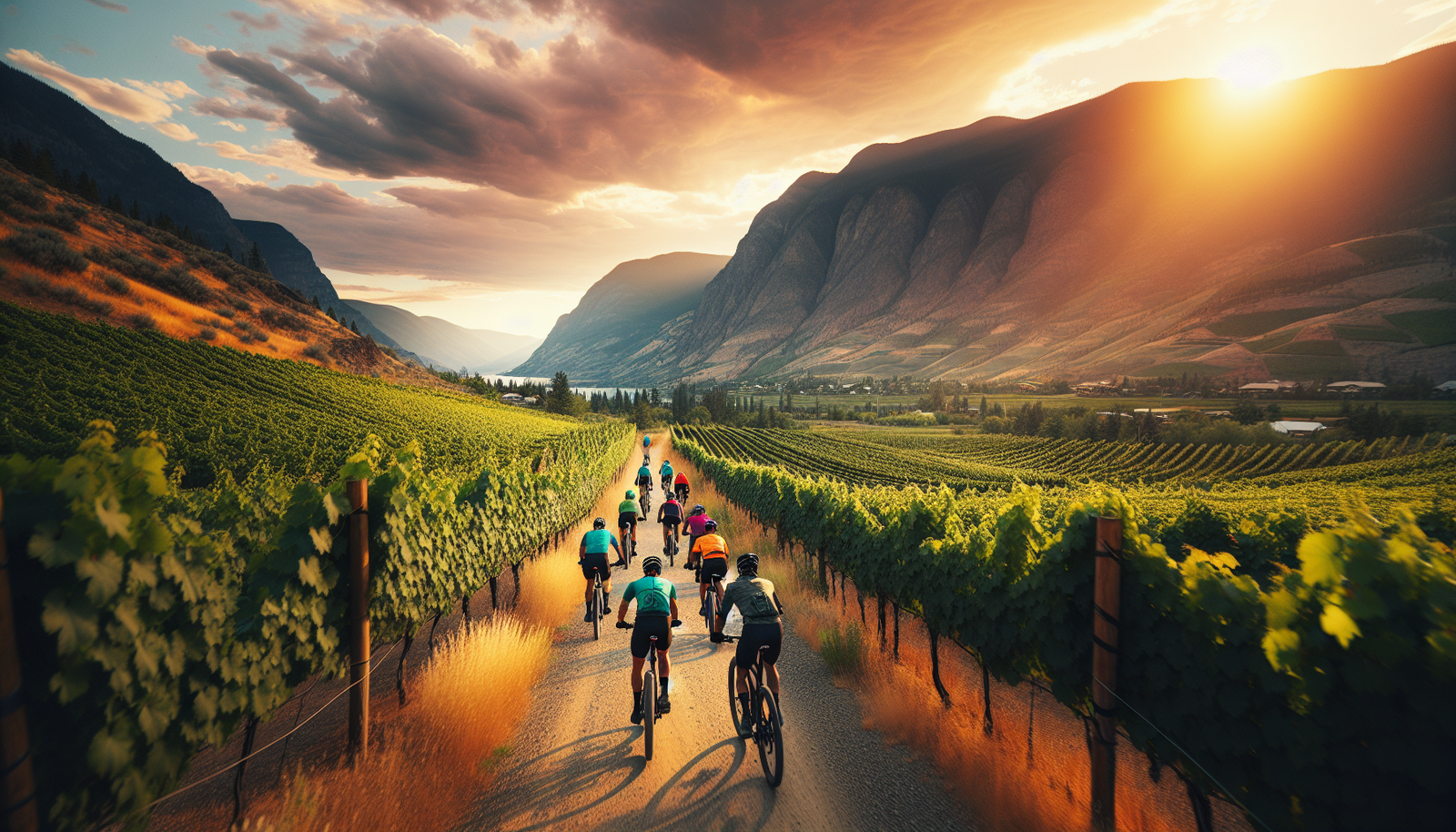
The unique desert climate of Osoyoos creates an ideal environment for outdoor activities, especially hiking and biking. The city boasts a variety of trails that cater to different levels of fitness and adventure. From the 18 km International Hike and Bike Trail along the Okanagan River to the accessible summer trails of Mount Baldy, Osoyoos offers a multitude of options for outdoor enthusiasts.
For those seeking a more relaxed stroll, the Irrigation Canal Walkway presents a 4.3-km paved loop suitable for walking, biking, or rollerblading, offering picturesque views of the local desert ecosystem. On the other hand, the nʕaylintn (McIntyre Bluff) Trail provides a challenging uphill climb, rewarding hikers with an impressive viewpoint over the Okanagan Valley. No matter your preference, there’s a trail in Osoyoos just waiting to be explored.
Unique Natural Attractions
Osoyoos is home to several unique natural attractions that are sure to add a touch of wonder to your visit. The Spotted Lake, also known as Kłlil’xᵂ to the indigenous peoples, is a saline endorheic alkali lake located northwest of Osoyoos. This sacred lake is known for its high mineral content, which is thought to have healing properties.
Just outside Osoyoos, the Anarchist Mountain Lookout offers a breathtaking view from 1,491 metres (4,892 ft) above sea level. This lookout point provides a panoramic view of the city and its surrounding landscapes, making it a must-visit for those seeking to capture the beauty of Osoyoos in a single frame.
A Taste of Osoyoos: Wineries and Local Produce
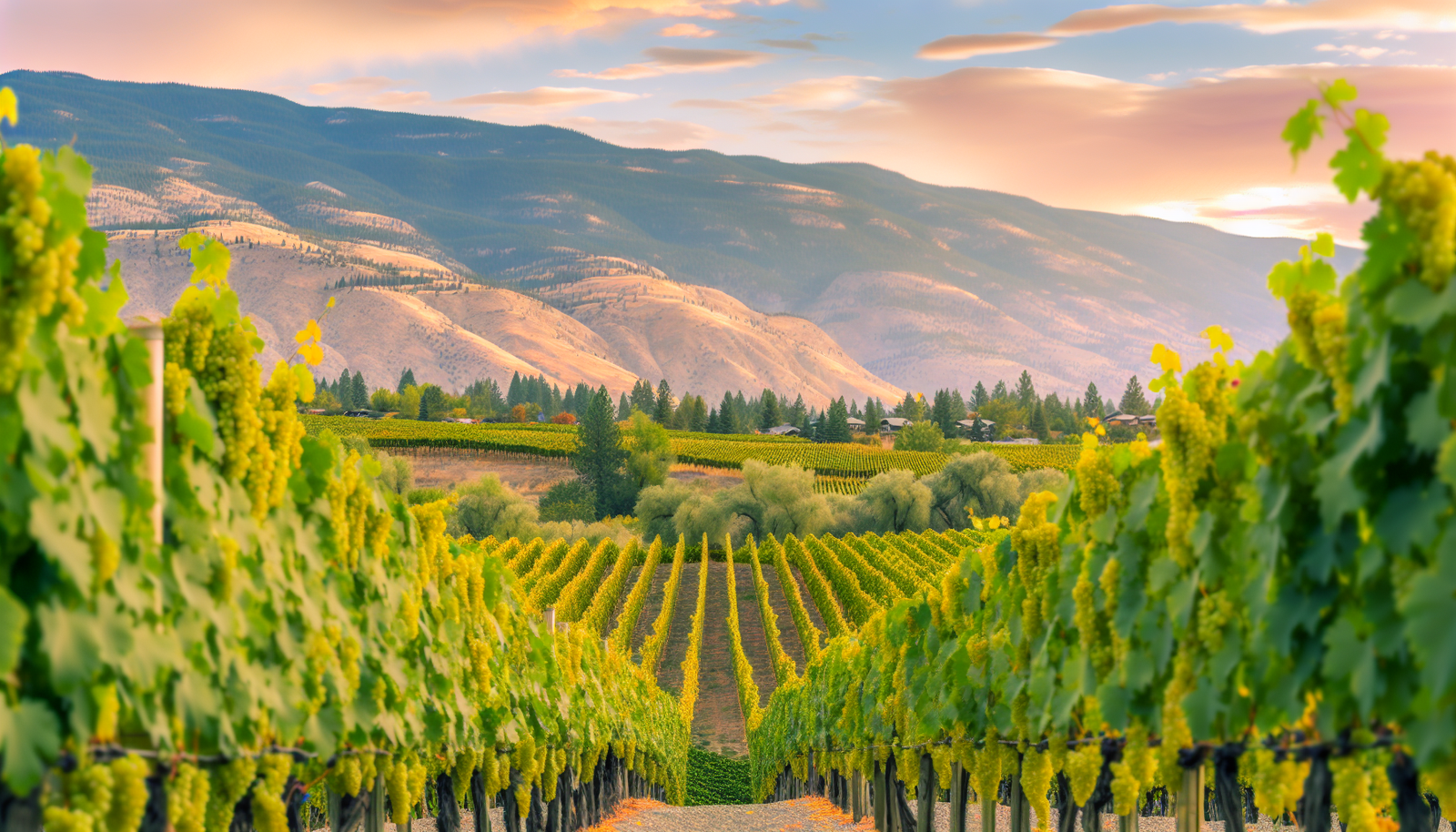
Positioned at the core of Canada’s wine region, Osoyoos presents visitors with an opportunity to savour the area’s best wines and local produce. The city’s bountiful landscapes harbour an array of celebrated vineyards and wineries, renowned for their exquisite Chardonnay, Pinot Gris, and Merlot.
Complementing the wine tasting experiences are the city’s fruit stands and farmers’ markets, offering a chance to sample the region’s fresh fruits and produce.
Vineyards and Wineries
Osoyoos is home to a multitude of wineries, each with its unique charm and flavor profile. From the family-owned Bordertown Estate Winery, renowned for its interaction with customers, to the Gold Hill Winery, known for its 65 acres of vineyards and agricultural heritage, there’s a winery tour for every type of wine enthusiast in Osoyoos. Additionally, the Osoyoos Golf Club offers a great recreational option for golf lovers in the area.
In addition to traditional wineries, Osoyoos also boasts several unique wine experiences. The Platinum Bench Estate Winery, for instance, invites wine enthusiasts to enjoy their estate-grown wines alongside freshly baked artisanal bread from their on-site bakery.
Meanwhile, Nk’Mip Cellars, North America’s first Indigenous-owned winery, offers a unique opportunity to learn about the winery’s unique heritage while savoring internationally recognized wines.
Fruit Stands and Farmers’ Markets
Beyond the vineyards, Osoyoos offers a taste of its local produce through numerous fruit stands and farmers’ markets. From May to October, the Osoyoos Farmers’ Market operates as a lively hub where visitors can discover local produce, artisanal goods, and local delicacies.
One unique local experience is available at Covert Farms Family Estate, which offers guided farm tours, wine tastings, and u-pick experiences. Here, visitors can explore a 650-acre organic farm, including a commercial orchard, while sampling award-winning wines.
The fruit stands in Osoyoos and the Okanagan region, including Okanagan Falls, home to the first commercial orchard, also boast a variety of fresh local produce, including grapes and pure fruit juices like apple, cherry, and pear, offering a flavor of the region’s agricultural richness.
Cultural Experiences in Osoyoos
Besides its scenic beauty and gastronomic delights, Osoyoos also provides a wealth of cultural experiences. The city’s Indigenous origins echo through its local activities, museums, and art galleries, providing an opportunity for visitors to delve into the city’s cultural heritage.
Nk’Mip Desert Cultural Centre

The Nk’Mip Desert Cultural Centre is a testament to the city’s commitment to preserving its Indigenous heritage. This architectural marvel, built into a hillside within a 1,600-acre desert conservation area, showcases the history, culture, and economic well-being of the Osoyoos Indian Band.
Visitors to the centre can explore diverse indoor and outdoor exhibits, from the ‘Living Land’ display to the ‘Critter Corner,’ which educates them about desert ecology and wildlife. The centre also plays an active role in conservation efforts, supporting habitats for rare species and reintroducing burrowing owls to the area.
Osoyoos & District Museum and Archives
A short distance from the Nk’Mip Desert Cultural Centre, the Osoyoos Museum, also known as Osoyoos & District Museum and Archives, offers another window into the city’s past. This museum houses a vast collection of historical artifacts and information about the Osoyoos area, enriching visitors’ understanding of the city’s natural history, First Nations history, and pioneer life.
Local Art Galleries
For art enthusiasts, downtown Osoyoos does not disappoint. The city is home to several local art galleries, including Art Gallery Osoyoos and Okanagan Art Gallery, which showcase the work of local artists. From painters and sculptors to photographers, these galleries are a testament to the city’s vibrant arts scene and provide an engaging cultural experience for visitors.
Exciting Events and Festivals
Year-round, Osoyoos buzzes with an array of distinctive celebrations and races that contribute to the city’s lively atmosphere. One such destination is the District Wine Village, a key South Okanagan destination that hosts community celebrations and artisan production. From wine tastings to music festivals, these events provide a unique way to immerse yourself in the local culture and community.
Accommodations in Osoyoos
Whether you’re in search of opulent accommodations or economical options, Osoyoos caters to every traveller’s preference. The city is home to several luxury accommodations, including Spirit Ridge Lake Resort, Watermark Beach Resort, and Walnut Beach Resort. Both Spirit Ridge and Watermark offer unique experiences, with Spirit Ridge located in a sacred area to the Osoyoos Indian Band and Watermark featuring lakefront views.
For those traveling on a budget, Osoyoos offers affordable lodging options starting at around CA $79 per night. The Park Inn by Radisson Osoyoos is a notable budget-friendly accommodation, providing guests with useful amenities like an outdoor pool to enhance their stay.
Getting to and Around Osoyoos
Situated at the southernmost tip of the Okanagan Valley, close to the Canada-U.S. border, the town of Osoyoos is roughly a four-hour drive from downtown Vancouver. Accessible via Highways 97 and 3, the Osoyoos location is a convenient destination for travellers, both local and international.
Once in the city, navigating around is as easy as taking a leisurely walk, biking, or driving a car. Free public street parking is available throughout the city, along with paid boat trailer parking and multiple-connector electric vehicle charging stations for eco-conscious travelers.
Nearby Attractions within a Short Drive
Further than the city’s boundaries, Osoyoos acts as a portal to a host of attractions within a short drive’s distance. Some of these attractions include:
-
Exploring the history of the town of Oliver at the Oliver District Museum
-
Going camping at sẁiẁs Provincial Park and Inkaneep Provincial Park
-
Trying local beers at the Oliver Flea Market and Firehall Brewery
If you’re up for a hike, Peach Cliff and Mount Keogan offer trails that are easily accessible from Osoyoos.
Tips for Visiting Osoyoos
For an optimal Osoyoos adventure, it’s preferable to plan your visit during the summer months, especially in July. This is when the city truly comes alive, with warm weather activities in full swing. However, if you prefer a cooler climate, consider visiting Osoyoos during the shoulder seasons, such as January.
When packing for your trip, remember to bring:
-
sunscreen
-
sunglasses
-
sandals
-
swimwear
-
shorts for summer visits
For winter visits, layers are essential to stay comfortable in the variable weather conditions. Finally, if you’re planning to visit during the busy summer season, remember to book accommodations several months in advance to ensure availability.
Summary
In conclusion, Osoyoos is a city that effortlessly combines natural beauty, rich cultural heritage, and an abundance of outdoor activities to offer a unique travel experience. Whether you’re a thrill-seeker, a history buff, a wine connoisseur, or simply looking for a relaxing getaway, Osoyoos has something for everyone. So pack your bags and get ready for a memorable adventure in British Columbia’s desert gem.
Frequently Asked Questions
What is special about Osoyoos?
Osoyoos is celebrated for its diverse natural beauty, featuring desert landscapes, mountains, vineyards and the renowned Osoyoos Lake, known as the warmest lake in the country. It is nestled in the southern Okanagan Valley.
How do you pronounce Osoyoos?
It’s pronounced “Uh-SOO-yoos.” There is no “soy” in Osoyoos. Just keep track of the many O’s and S’s.
Is Osoyoos Lake the warmest in Canada?
Yes, Osoyoos Lake is the warmest freshwater lake in Canada, with average temperatures of approximately 24°C (75°F) in July and August. It is a popular destination for summer and winter activities.
Does Osoyoos get a lot of snow?
No, Osoyoos does not get a lot of snow. It has a mild, dry winter climate with a low average annual snowfall of only 5.4 cm (2.1 inches).
When is the best time to visit Osoyoos?
The best time to visit Osoyoos for warm-weather activities is during the summer months, especially in July. Enjoy the sunny weather and outdoor activities during this time!

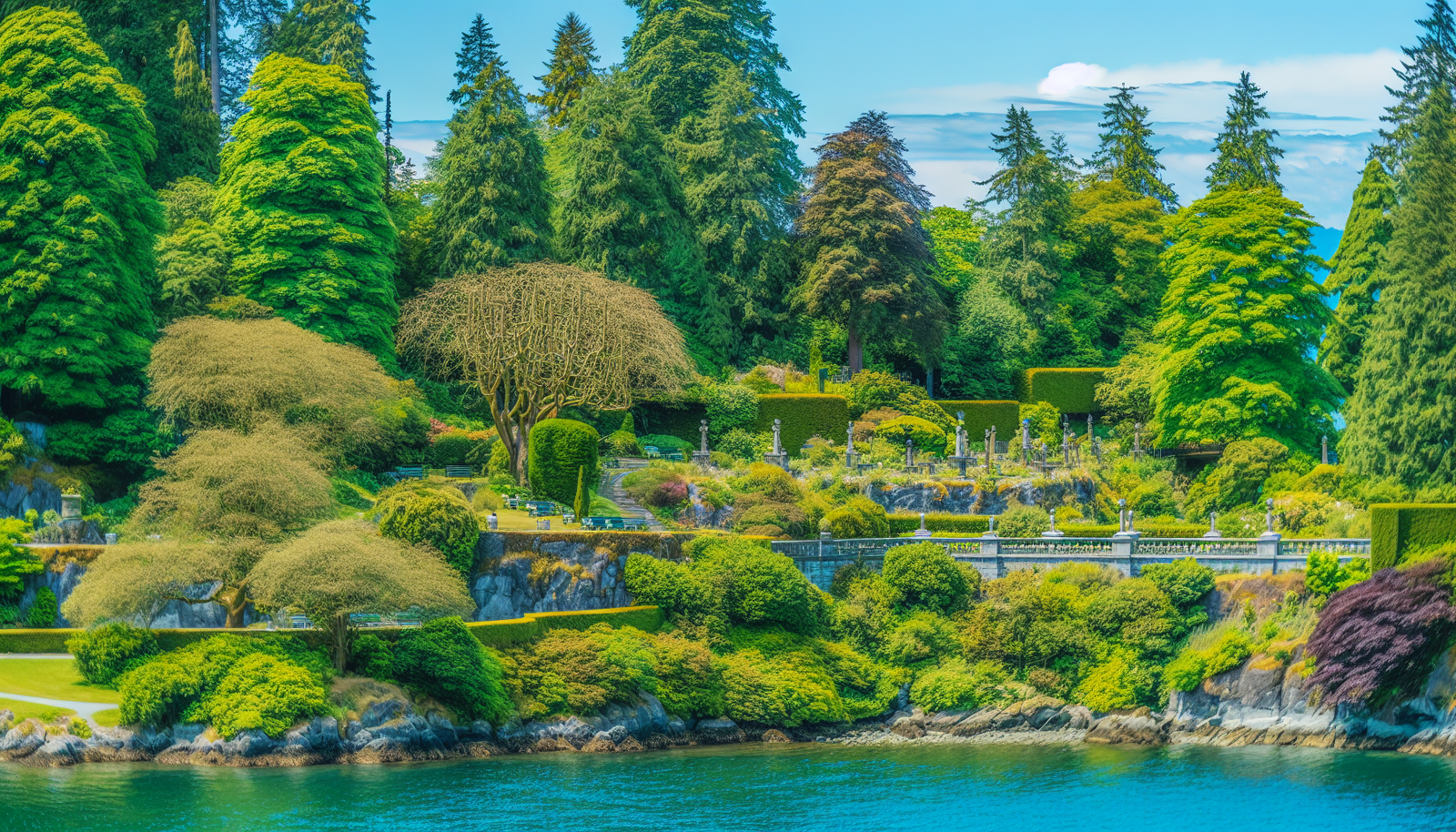



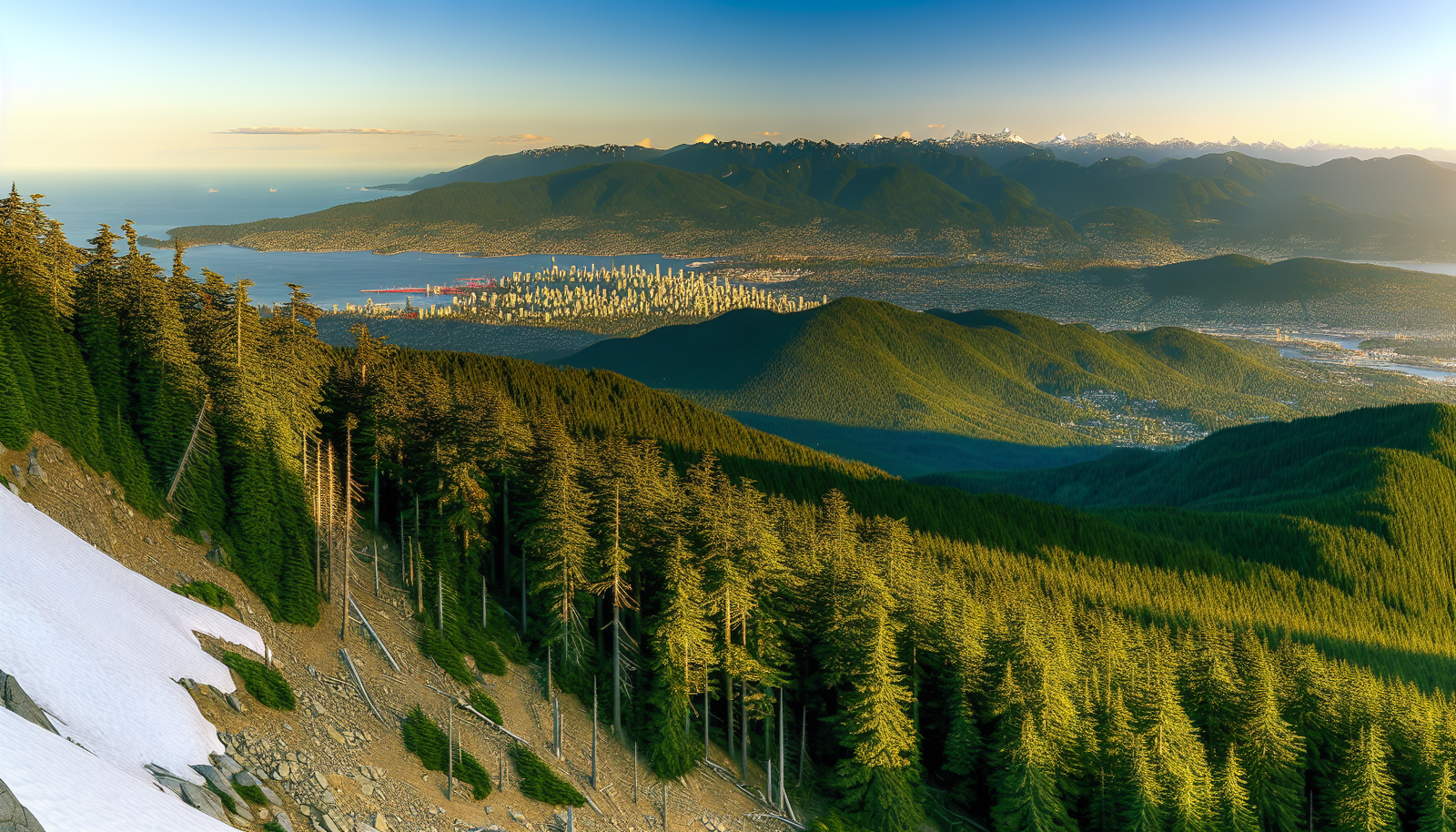
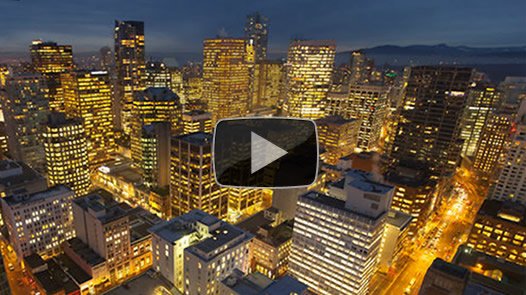 […]
[…]